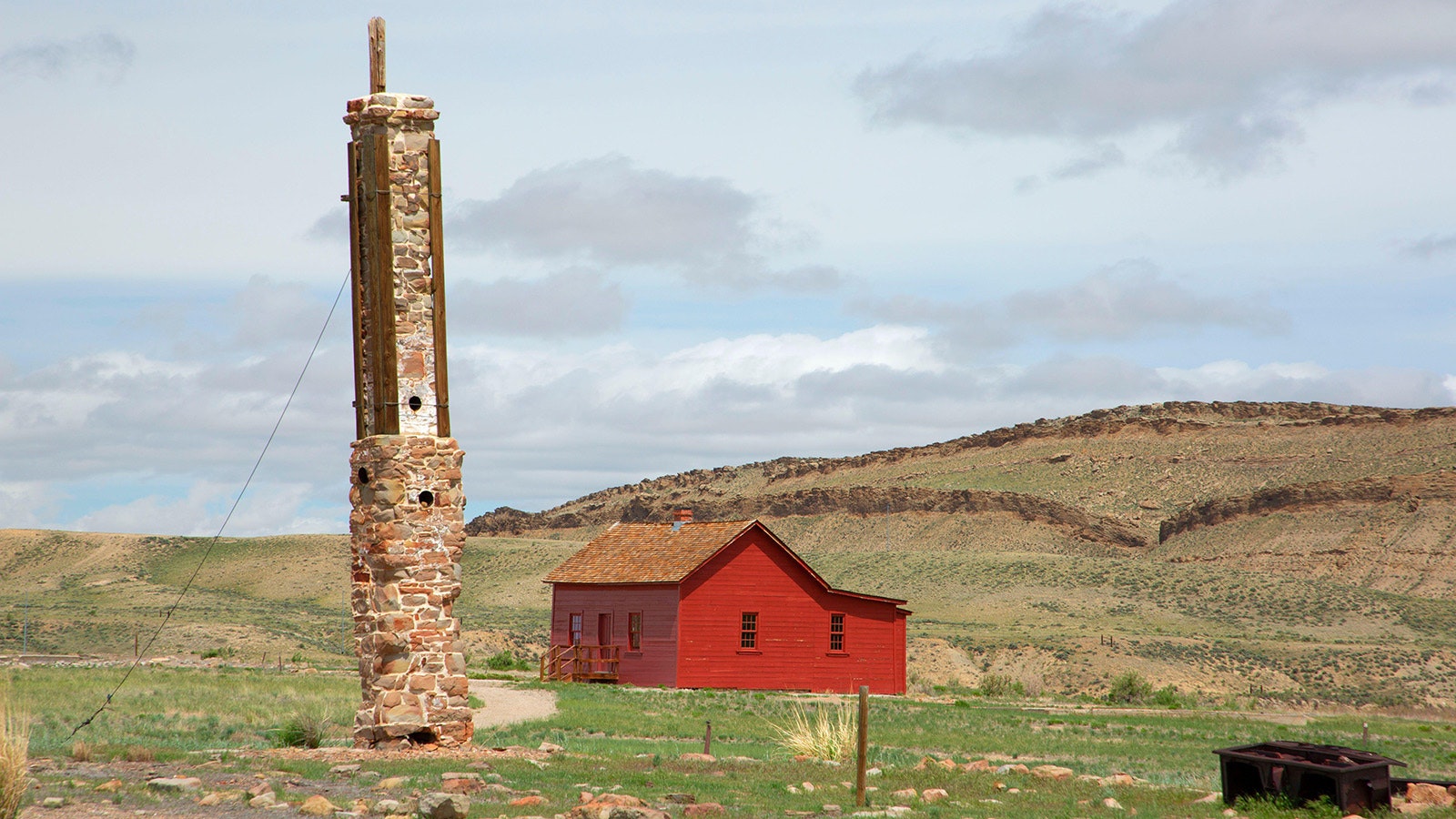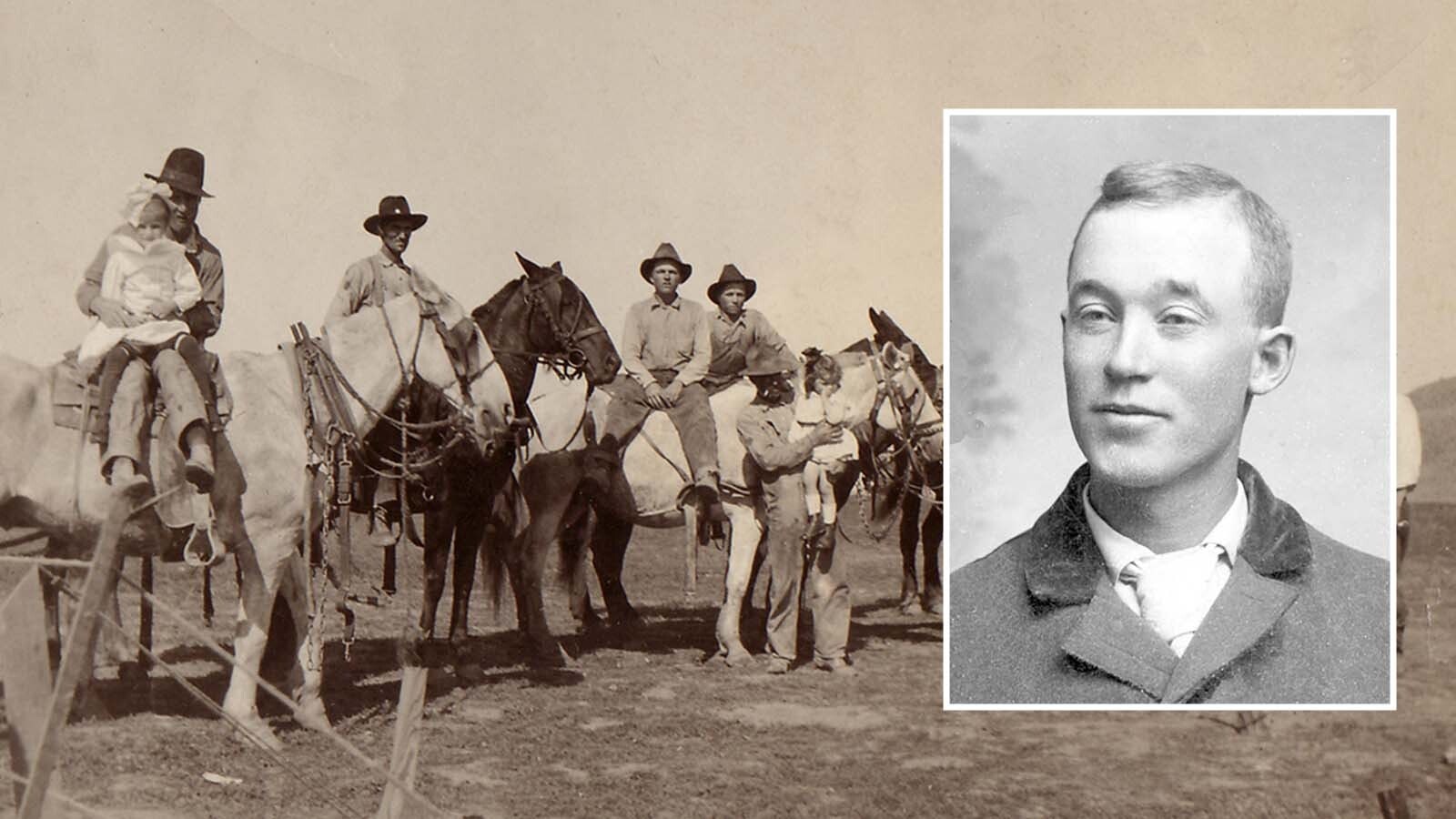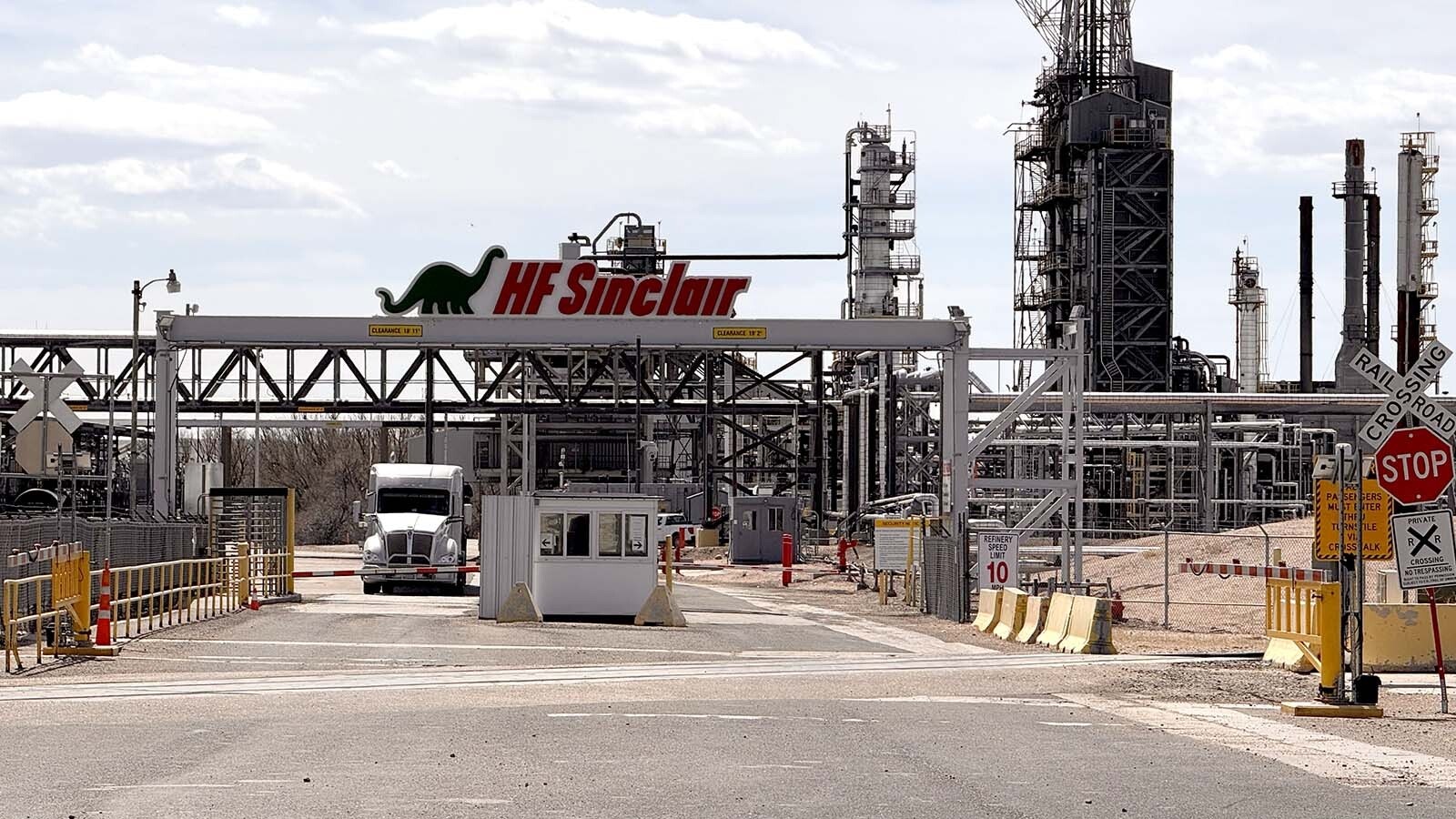Val Kilmer was late.
It was 1999, and he was supposed to meet me at a restaurant on Santa Fe, New Mexico’s trendy Canyon Road.
I thought he had blown me off – his reputation as an actor was that he could be temperamental (if not mercurial) – but he finally strolled up, we made our introductions, and sat at a table.
I had asked for 30 minutes. We were there for around 90.
What has stuck with me for more than 26 years is the waiter. Kilmer asked for green tea. The waiter named several flavors.
Kilmer pointed out that none was green tea. The waiter added other flavors. Giving up, Kilmer picked a flavor. The waiter then turned to me.
“Coffee,” I said. “Black.”
The waiter asked, “Would you like cream with that?”
I tried not to roll my eyes and answered, “No, thank you.”
When he walked away, Kilmer said: “Coffee. Black. Would you like cream with that?” He rolled his eyes.
Much of the interview, of course, centered on “Tombstone,” the surprise hit Western film of 1993 that outperformed the much ballyhooed, massively budgeted and Kevin Costner-starring epic “Wyatt Earp” (1994).
Kilmer, who died April 1 of pneumonia at age 65, was known for a wide range of characterizations but was no stranger to Westerns, playing the title character in TNT’s “Billy the Kid” (1989) and an FBI agent investigating a murder on a South Dakota Lakota reservation in “Thunderheart” (1992).
He had a cameo as an Army lieutenant in “The Missing” (2003), a supporting role in the miniseries “Comanche Moon” (2008), and was an old Wyatt Earp in “Wyatt Earp’s Revenge” (2012).
Despite performances as Tom Cruise’s rival in “Top Gun” (1986), Jim Morrison in “The Doors” (1991) and Bruce Wayne/Batman in “Batman Forever” (1995), he is probably best remembered as the witty, drunken, charming but deadly Doc Holliday in “Tombstone.”
The Right Look
“Tombstone” was screenwriter and original director Kevin Jarre’s dream project, and Jarre wanted the movie to look right. It partly owed that look, ironically, to “Wyatt Earp,” which had rented so many Western outfits, costume designer Joseph A. Porro reached out to small, custom clothiers like Penrose, Colorado, hatmaker Tom Hirt, for costuming.

The film helped launch the careers of supporting actors Michael Biehn, Powers Booth and Billy Bob Thornton.
It gave actors known for Westerns – Pedro Armendariz Jr., Harry Carey Jr., Sam Elliott, Charlton Heston, Robert Mitchum (hired to narrate after his role was cut) and Buck Taylor – a chance to saddle up again.
It might never have been completed without actor Kurt Russell’s leadership.
But it became Val Kilmer’s movie.
Many critics singled out his performance. Tucson’s Arizona Daily Star called it “masterful.” But Kilmer wasn’t Jarre’s first choice to play the dentist-gambler-killer.
Jarre had received a Golden Globe nomination for his screenplay for “Glory” (1989), about a Union regiment of Black soldiers during the Civil War, a film that also won three Academy Awards, including for Denzel Washington’s supporting performance as a bitter ex-slave.
How Costner Sank DaFoe, Pitt, and Depp
Jarre wanted William Dafoe to play Holliday, which probably would have happened had Universal stuck with the project.
But when Costner decided to make “Wyatt Earp,” originally planned as a six-part miniseries, for a theatrical release, Universal backed out. The studio cited budget concerns, but most insiders thought Universal didn’t want to alienate Costner since it had a deal with the actor for a science fiction film.
Reportedly, Brad Pitt and Johnny Depp agreed to play Wyatt and Doc, respectively, in “Tombstone” but withdrew after Costner’s announcement.
That should have killed the project, but Kurt Russell read the script and wanted to play Wyatt. With Russell’s star power, independent film company Cinergi agreed to produce the movie with Disney’s Hollywood Pictures handling distribution.
That knocked Dafoe out of the picture. Disney wasn’t about to cast the actor who had played the lead role in the controversial The Last Temptation of Christ (1988).
Kilmer got the part – and ran away with the movie, which was given a $25 million budget and 62-day shooting schedule, with principal location work in southern Arizona.
A Unique Kind Of Hell
Not that it was a fun project to work on.
“Every day was a trial,” Kilmer said. “It was a unique kind of hell.”
Summer monsoons and oppressive heat plagued cast and crew. But Jarre also told actors how to read lines, a no-no in the business, and would not listen to William Fraker’s suggestions despite the cinematographer’s four Academy Award nominations.
More importantly, Jarre couldn’t get “coverage” shots, needed for options during the editing process.
With production falling way behind schedule, Jarre was fired and replaced by George P. Cosmatos.
Cosmatos, Russell said, was basically a “ghost director,” although for a ghost, he angered many on the set, including easygoing Elliott.
Life on the set, Carey said, “was like everybody was going to a lynching or something,” John Farkis wrote in The Making of Tombstone: Behind the Scenes of the Classic Modern Western.
Insiders say Russell took over as director, and he got the principal photography finished – 18 days over schedule. The studio rushed through postproduction for a Christmas release.
“Tombstone” wasn’t screened for critics until right before opening, often, the New York Daily News observed, “a sign of disaster.”
The Washington Post called “Tombstone” “Highly stylized fashion-wise but awkwardly unfocused in its plotlines.”
Ten Shots Out Of A Six-Gun
Entertainment Weekly said it “Plays like a three-hour rough cut that’s been trimmed down to a slightly shorter rough cut.”
Even Kilmer said the movie overlooked details. “I think I got nine or 10 shots out of my six-gun,” he said.
But audiences flocked to theaters. “Tombstone” grossed $60 million domestically, and more than 600,000 home-video units were sold when videos were released in 1994, the year “Wyatt Earp” hit theaters. Costner’s film bombed, and was pulled from first-run theaters after just four weeks.
And what about that Costner project with Universal, which helped Kilmer land the part of Doc? That was “Waterworld” (1995), considered one of Hollywood’s most colossal failures.
“Tombstone,” film historian Michael F. Blake wrote in Hollywood and the O.K. Corral: Portrayals of the Gunfight and Wyatt Earp, “gave new life to the Wyatt Earp legend by inspiring a whole new generation.”
Kilmer’s performance carried the film. “He was Doc Holliday,” Hirt recalled. “When he was on set, you didn’t call him Val. You called him Doc.”
Kilmer even asked Hirt to recreate the hat he had made for the film, and shortly after the film’s 20th anniversary, Kilmer and Hirt began collaborating on the “Doc Holliday Hat” for sale to fans. Hirt and the Kilmer estate are working on how to continue that enterprise.
It’s Not A History Lesson
Historians are quick to point out that “Tombstone” – like all the other O.K. Corral movies before – was far from historically accurate.
“It’s fun to watch,” said Jeff Guinn, author of The Last Gunfight: The Real Story of the Shootout at the O.K. Corral – And How It Changed the American West. “It’s just not factual.”
Victor Mature (1946’s “My Darling Clementine”), Kirk Douglas (1957’s “Gunfight at the O.K. Corral”) and Jason Robards (1967’s “Hour of the Gun”) had put their spin on the dentist-gambler, and Dennis Quaid (“Wyatt Earp”) probably best resembled Holliday.
Other actors playing Holliday include Cesar Romero (1939’s “Frontier Marshal”), Ken Taylor (1942’s “Tombstone, the Town Too Tough to Die”), James Griffith (1954’s “Masterson of Kansas”), Stacy Keach (1971’s “Doc”) and Willie Nelson (1986’s “Stagecoach”).
But Kilmer made the role his own. He even gave the Georgia-born Holliday a Southern accent.
“When you think of Doc Holliday – not the real person, but Doc in the movies – you think of Val Kilmer,” Hirt said.
Johnny D. Boggs can be reached at JDBoggs@aol.com







